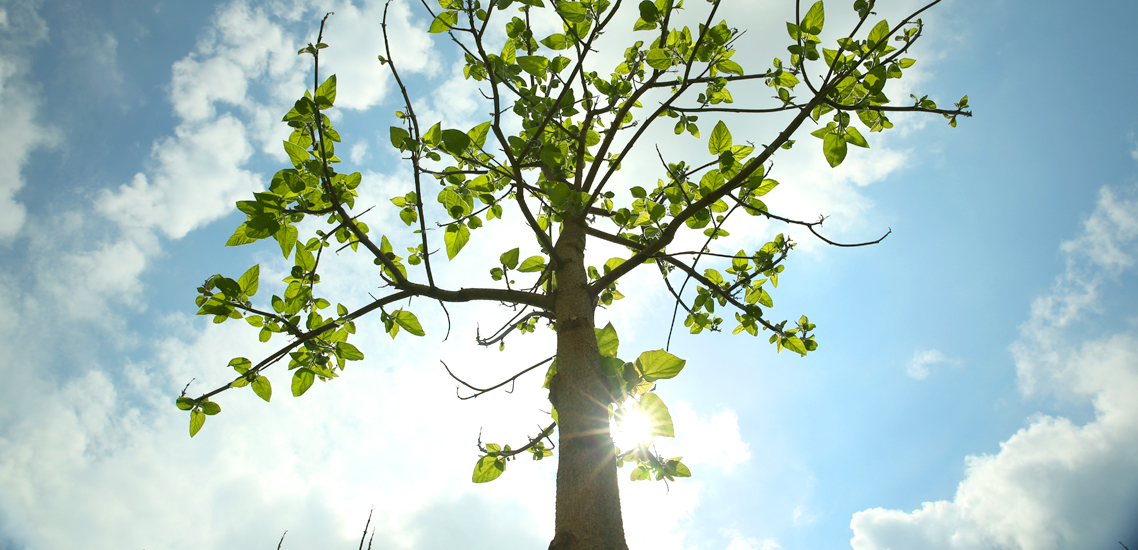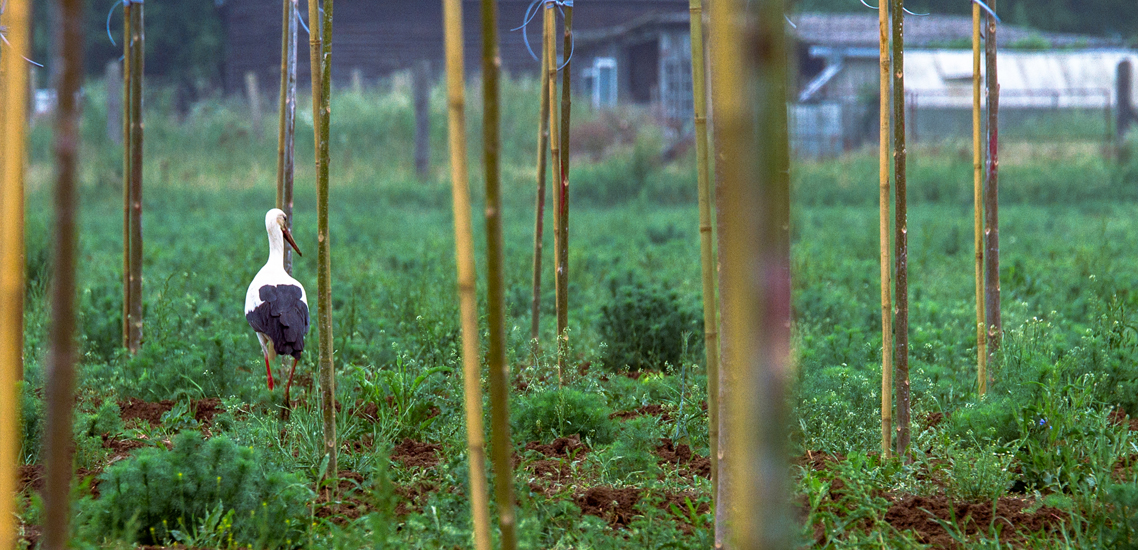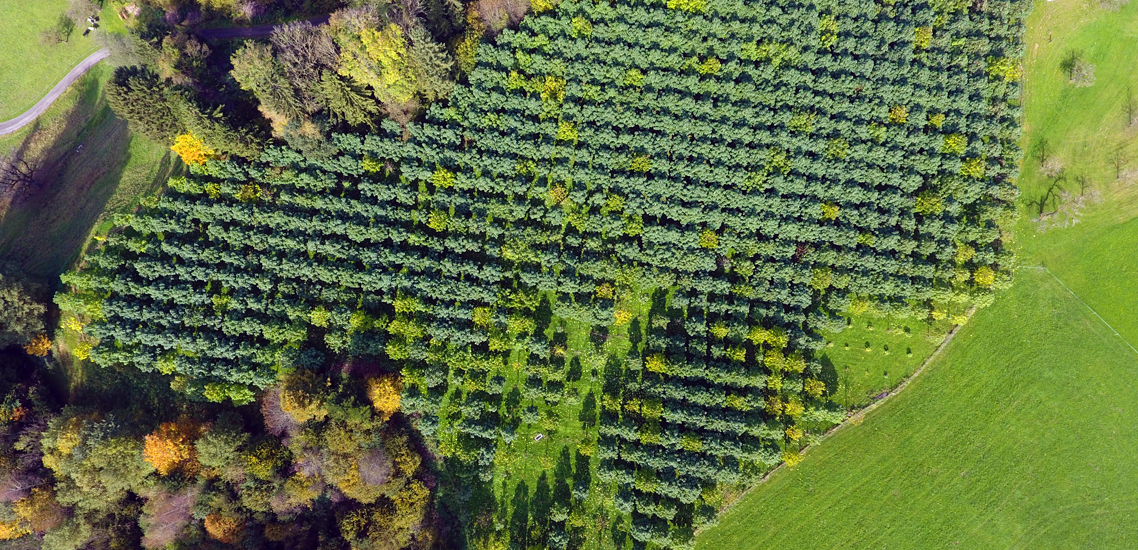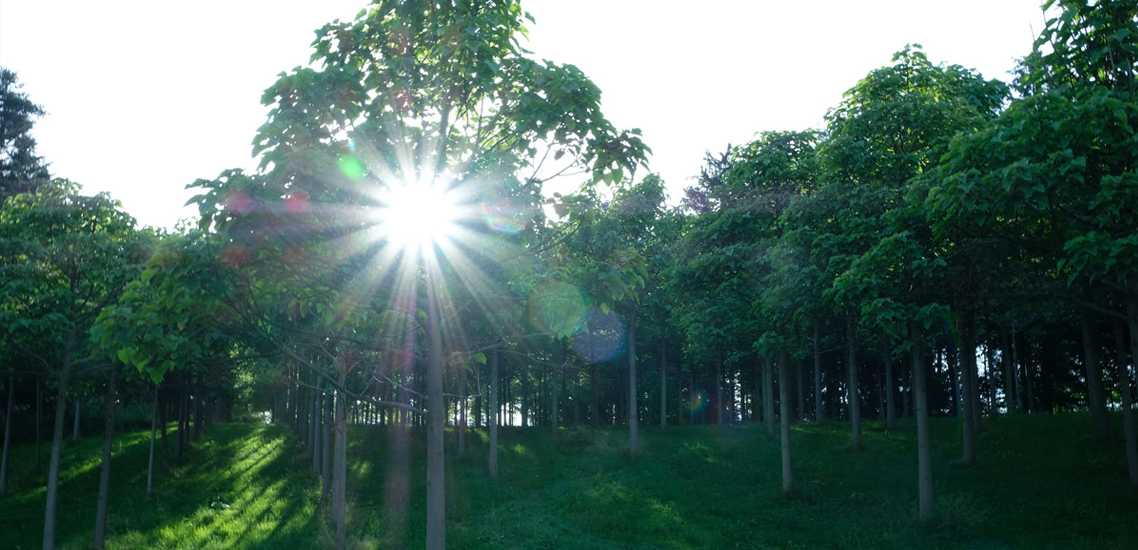The increase in value exceeds that of gold and stocks and shares by far. It is no wonder that the owners of forests have always been among the more affluent people if they thought in a long-term way and structured the business with their forests in and across generations. The timber industry was always a leisurely business that only functioned across the generations. However, that is exactly the problem. The old recipes do not work any longer if the climate has changed such that a tree that was planted 40 years ago will not grow large enough to be felled.
The wood of the 21st century will not be the wood of the past decades - that too is a fact. The selection of the types of trees is the foundation of future success for forestry operations. But it also becomes an expensive gamble in the course of the change of climate. A number of forecasts assume that within 60-70 years there will be climatic conditions in Germany like those now in Spain or Italy now, with an average of 1.4 degrees C higher then when measurements started in 1881. This will lead to earlier vegetation phases in Germany. Forest trees and fruit trees flower on average eight days earlier than even since the end of the 1980s. In Hamburg, forsythia now blooms by no less than four weeks earlier compared to 1945, to take an example.
A number of different research groups even talk of a "floral migration." Thus numerous types of plants are moving in the direction of the poles by on average of around 17 kilometres per decade, and in the case of mountainous areas they have "migrated" around 11 metres higher. The speed with which this change is taking place is precisely that which causes worry for the research and forestry workers. An oak that grows for centuries is not making the move to the cooler north. The "German forest" as a much-vaunted cultural heritage will soon look different from what it does today. But this has been happening for a long time.
Many years ago, for example, a large-scale replacement for the spruce was looked for the Douglas fir that originally came from the USA was planted. But regardless of whatever decision is made, it could be the wrong one, because one factor militates against a simple replacement: the growth time. Timber trees require decades or even centuries so as to be ready for felling for the production of high-quality wood, for example. We simply do not have the time to find values based on experience. In addition, there are new hazards such as "drought stress" or harmful insects. Nonetheless, among the types of trees there are some that will profit because they can cope with the change of climate, such as the hazel. It is making its way to the north in these latitudes.

There is another type of tree that is profiting from the climatic changes here in Europe. A tree from China, whose wood has some very interesting properties. The paulownia tree was introduced to Europe back in 1838. However. formerly they lived in the shadow of the German forest and did not advance beyond the status of a "nice decorative tree" in public parks and gardens. In all that time in Europe its wood is still not known by woodworkers, and also with customers, although its properties can only be described as wonderful. For centuries now its wood has been the wood used for musical instruments in China. The wood of the paulownia is unbelievably light and has a combustion point of around 420°C. Given these [properties, this wood has the potential to become a high performer on the world market when it concerns A grade.
However, this is not as easy as it sounds. A number of basic preconditions must be met. Sunny areas, permanent care, good soil, not too wet. If these basic conditions are met, this tree grows up to 4.5 metres within a year! After around 12 years the wood can then be harvested with a trunk diameter of 30 to 40 cm as A-grade (Clear & Clean), meaning that it is free of knotholes and knots. This is precisely the goal of the treeme project: top-quality paulownia wood.
The trees grow in so-called short rotation plantations, hence areas that are used for agricultural purposes and not as woodland. Fields that are lying fallow are used for this. This year 20,000 paulownia trees were planted on 33 individual areas in the vicinity of Bietigheim in Baden Württemberg. This type of usage of an area has only become possible since 2010.

Originally short rotation plantations were intended to produced fuel wood for pellets and the like. But paulownia wood is simply too valuable to be used for that. The plants themselves come from a partner of the treeme project in the PRC. They are special hybrids that have adapted admirably to our local climatic conditions. Their especially straight growth and the soft texture of the wood are likewise quality characteristics that justify all the effort. They grow in China for three years and thereby develop very strong roots. Only this root is dug out, cut, cleaned and loaded into a container. Once planted out at the plantation, they then grow to the corresponding height and lignify (become woody) - all in just one summer. The harvest takes place 10 to 12 years after planting out on the plantations in these latitudes.

In view of the fact that in future wood as a raw material will be increasingly in demand because a ever decreasing amount of forest area is available, this is a very respectable source of income. A very solid increase in the price of wood can be expected in the future as well. Innovative and futuristic projects such as treeme have the advantage that they take into account climatic change as a given factor and the values from experience are available for a predictable future.



